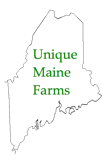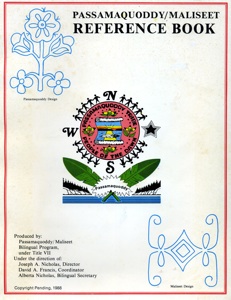WIKH - ash tree
LAMATQONIW - cross grained lump of wood where a branch grows out from the tree
ANKUWAQTIHIKON - a usable second length cut from the same ash tree
KIWTAHQENEHE - a tree that winds in a spiral course
WOTOKEYU - growth rings of a tree are thick
PIPUWEYU - growth rings of a tree are brittle
KAHKEYU - growth rings of a tree are brittle
SKITAHQEM - top white growth rings that encircles the length of an ash tree
LAMAHQEM - inner brown growth rings that encircles the length of an ash tree
LIKPEHTIHIKE - He strikes with heavy overlapping blows using a pounding axe
SUNAQHIKON - a mixture of ashes and water applied on the ash tree and used as a visual
aid while pounding
CICIHQAPEKOMEHTUWAL - He strikes close overlapping marks on the ash tree
KOSKAPEKOMEHTUWAL - He strikes wide overlapping marks on the ash tree
PASTAHAL - He penetrates deeply and loosens more splints by striking heavily
PIPUWIHTAHAL - He penetrates thinly and loosens less splints by striking lightly
WOLI KPEKSU - A good quality ash strip
NEMOTAHKAPIT - A stander
LIKPESAWAKON - A gauge used in cutting ash splints
LIKCIHIKE - He is assembling the bottoms by using standards
LIKPESAWE - He is cutting ash splints by using a gauge to the desired width
LOSKONUWAKON - A weaver splint
SKOMTOKHIKON - A split stander splint used to change the course of weaving
LOSKONUWE - He is weaving
LAKOPEHTIKON - A binder splint
LAKOPEHTIKE - He is securing the material that encircles the edges of the basket with a
binding splint.
LAHQOSTIKON - A hoop (a small ash tree used for this purpose)
LAHQOSTIKE - He is assembling and fitting a hoop around the inside edge of a basket
LIKONIKE - He is splitting a small ash tree with the grain to procure hoops.
MICUWAKONINUT - Picnic basket
NAHKAKPEHTIKIKE - He taps the weaver downward to make the basket more snug
WIWONAQOPIT - Two ash splints that encircle the edge of a basket (one inside - one
outside)
CALOKOSSIHIL - Basket handles (lit. ears)
TUWIHKUTOLAKON - a shaving or draw horse
LIHKUTOLIKON - a draw knife
PKAHKONIKON - a crooked knife
POMUTEWEY - Back pack
TUWIHTIKON - A basket mold
NAHKAKPEHTIHIKON - A short metal implement used to tap the weavers downward
LIHKUTOLE - He is fashioning a hoop or handle using a draw horse and a draw knife
SIPOMOSAWE - He is tapering an ash splint, a hoop, or a handle by cutting
LAKONIKE - He is physically bending a hoop or a handle to shape
TASTUPITUN - He binds the two parallel parts of the handle with wire to hold the
desired width.
NAPITTESKIL - Two notches cut into the parallel parts of the handle and locks onto the
hoop when assembling.
PITOLAWON - A leather covering worn on the finger to protect it when cutting ash splints
WISAWIKP - Yellow ash.
MOKOSEWIKP - Black ash
AKOMAHQ - White ash
PIYEKPESIKONOK - Shaving waste
PIYEHKUTOLIKONOK - Waste cuttings from a draw knife
QOCIYEYAL - The square-bottomed ash basket








